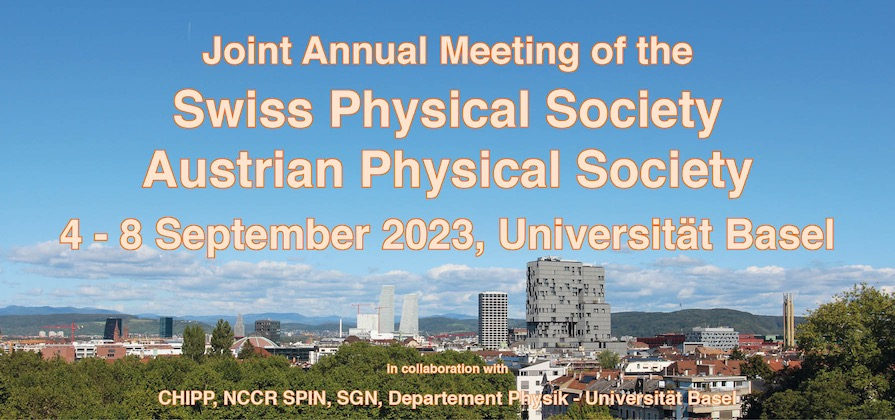Speaker
Description
Optical frequency combs (OFCs) stand as the cornerstone of modern optics, with applications ranging from fundamental science to sensing and spectroscopy. Semiconductor lasers are especially appealing as OFC generators due to their compactness, electrical driving, and broadband gain. Beyond this, the fast carrier dynamics of these lasers yields a large resonant Kerr nonlinearity, which can be several orders of magnitude greater when compared to the bulk material. The giant optical nonlinearity is exploited to form self-starting frequency combs without the need of any external optical elements. When the laser active material is embedded in a monolithically-integrated ring cavity, it forms a new type of optical dissipative soliton, called the Nozaki-Bekki (NB) soliton. It forms spontaneously with the tuning of the laser bias and eliminates the need of an external optical pump. The NB soliton emerges as a traveling localized dark pulse, which is extensively characterized using both phase-sensitive measurements and numerical simulations. The solitonic nature of these confined waveforms is additionally corroborated by demonstrating multisoliton states as well. We explain the appropriate dispersive and nonlinear conditions that lead to NB solitons. Ring semiconductor lasers offer an electrically-driven platform for direct soliton generation, targeting applications in the mid-infrared spectral region.
